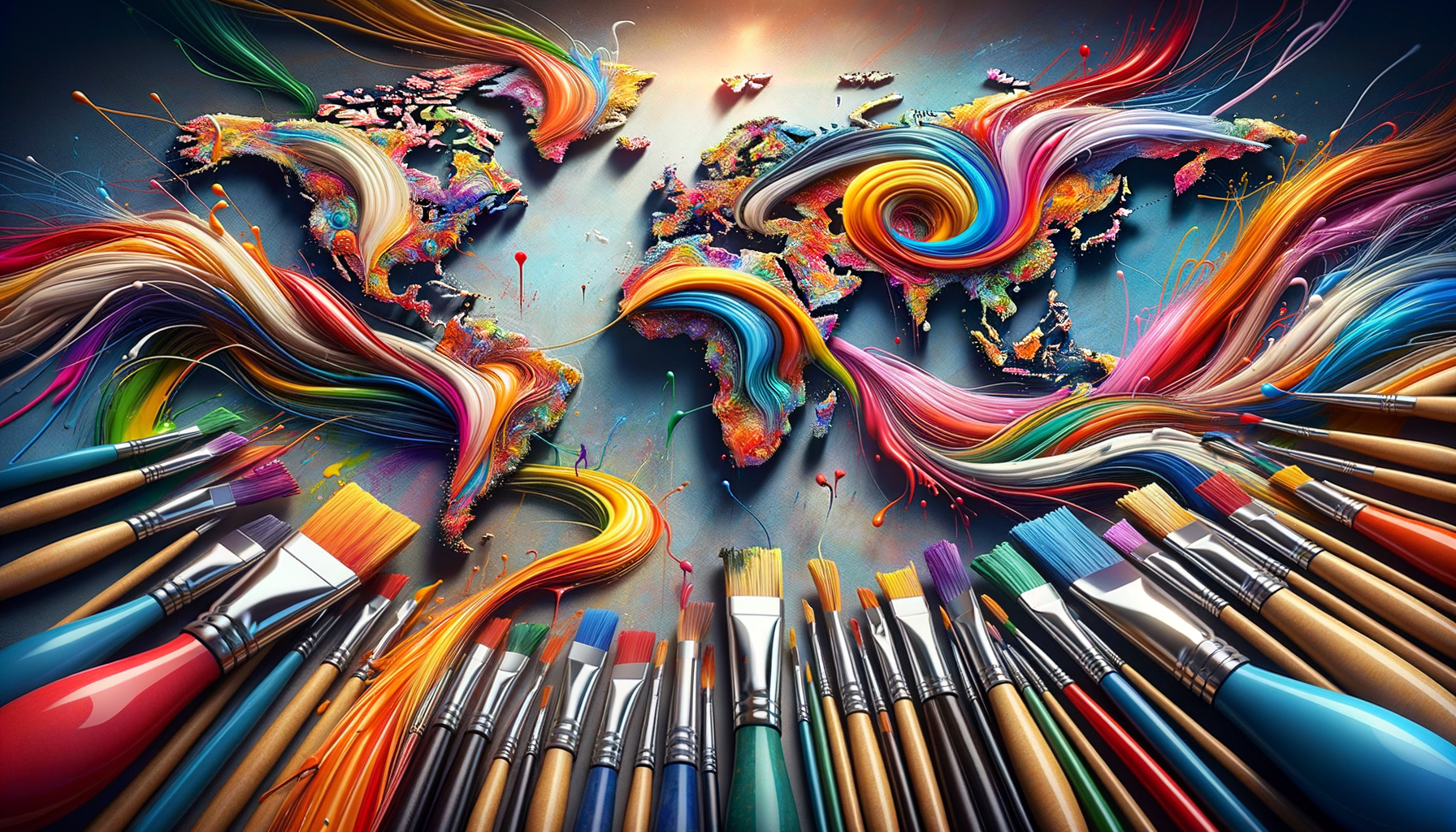The Art of Preparation: Setting the Stage for Creativity
Before the first brushstroke graces the canvas, a painter embarks on a journey of preparation that sets the foundation for their creative expression. This phase involves gathering materials, selecting color palettes, and conceptualizing the artwork’s theme. Much like an orchestra tuning before a symphony, this stage is crucial for ensuring harmony in the final piece. Artists often spend hours experimenting with color combinations, testing textures, and sketching preliminary designs. These preparatory steps are not only about logistics; they are a vital part of the creative process that allows the artist to visualize and plan the narrative they wish to convey. This stage is where inspiration meets strategy, where dreams are translated into actionable steps, and where the essence of the artwork begins to take shape.
The Dance of Technique: Mastering the Brush
Once the groundwork is laid, the artist engages in a dance of technique, where each brushstroke is deliberate and meaningful. This phase requires a deep understanding of various painting techniques, from the delicate layering of colors to the bold strokes that define forms. Artists must be adept at manipulating their tools, whether it’s a fine-tipped brush for intricate details or a palette knife for textured effects. The rhythm of painting involves a balance between control and spontaneity, allowing the artist to respond to the evolving work while maintaining their vision. This mastery of technique is akin to a dancer’s precise movements, where every step is intentional yet fluid, creating a visual symphony on the canvas.
Emotional Expression: The Heartbeat of Painting
Painting is not just a technical endeavor; it is a profound form of emotional expression. Artists pour their emotions into their work, using color, form, and composition to communicate feelings that words often cannot capture. This emotional layer is what transforms a painting from a mere image into a resonant experience for the viewer. Whether it’s the vibrant hues of joy or the somber tones of introspection, the emotional rhythm of painting allows artists to connect with their audience on a deeply personal level. This connection is the heartbeat of painting, driving both the artist and the viewer to explore the depths of human experience through the medium of art.
Overcoming Challenges: The Resilience of the Artist
Painting, like any creative pursuit, comes with its own set of challenges. Artists often face obstacles such as creative blocks, technical difficulties, and the pressure to meet expectations. Overcoming these challenges requires resilience and adaptability. Artists must learn to navigate the ebb and flow of inspiration, finding ways to reignite their creative spark when it wanes. This resilience is a testament to the artist’s dedication to their craft, as they persist in the face of adversity to bring their visions to life. The ability to overcome challenges not only strengthens the artist’s skills but also enriches their creative journey, adding depth and meaning to their work.
The Final Flourish: Completing the Masterpiece
The completion of a painting is a moment of both triumph and reflection. As the final touches are added, the artist steps back to view their creation in its entirety. This stage is where the rhythm of painting culminates, as the various elements of preparation, technique, emotional expression, and resilience come together to form a cohesive whole. The final flourish is not just about finishing the painting; it’s about achieving a sense of fulfillment and closure. For the artist, this moment is both an ending and a beginning, as they prepare to share their masterpiece with the world and embark on their next creative endeavor.




Leave a Reply